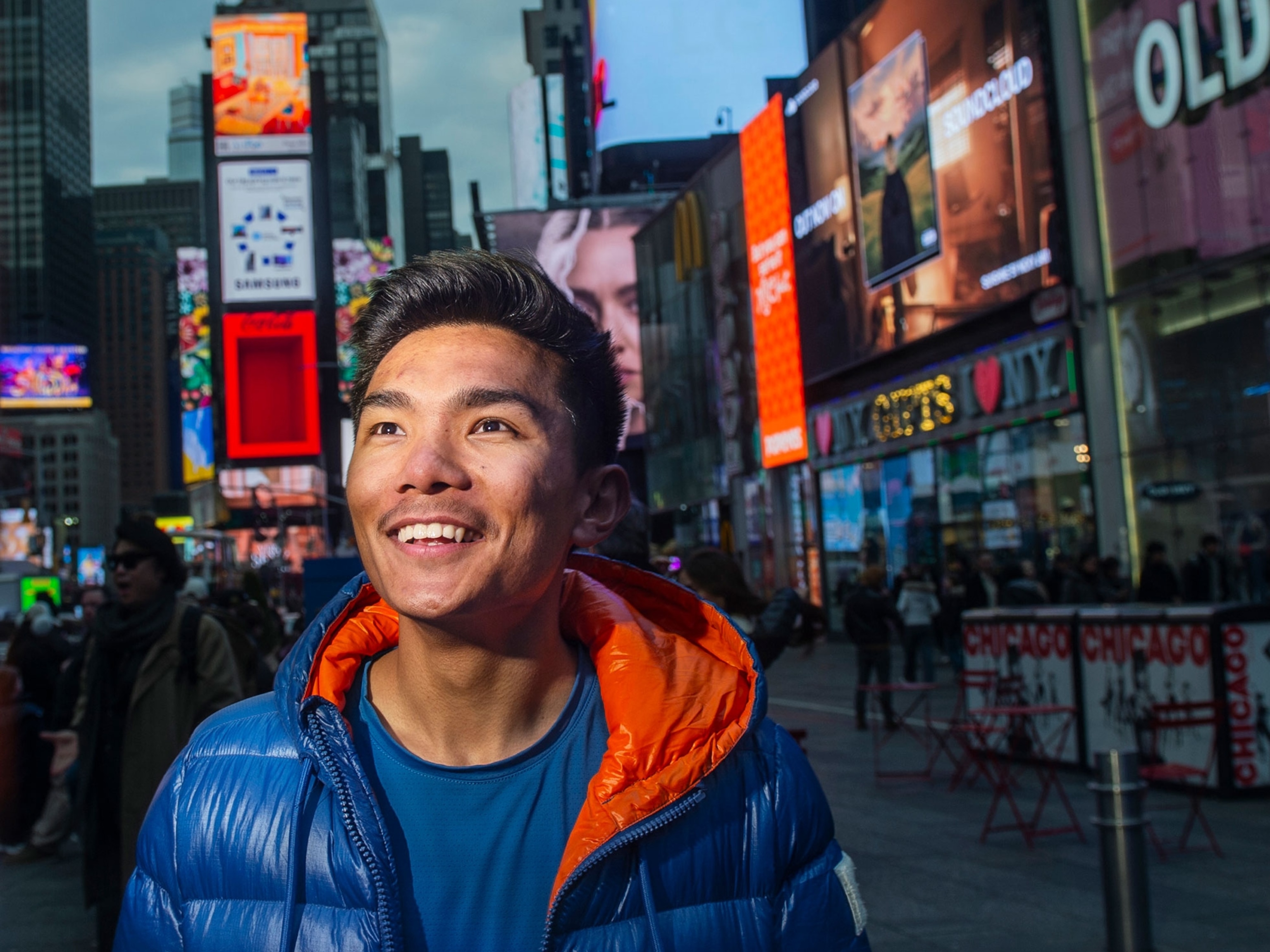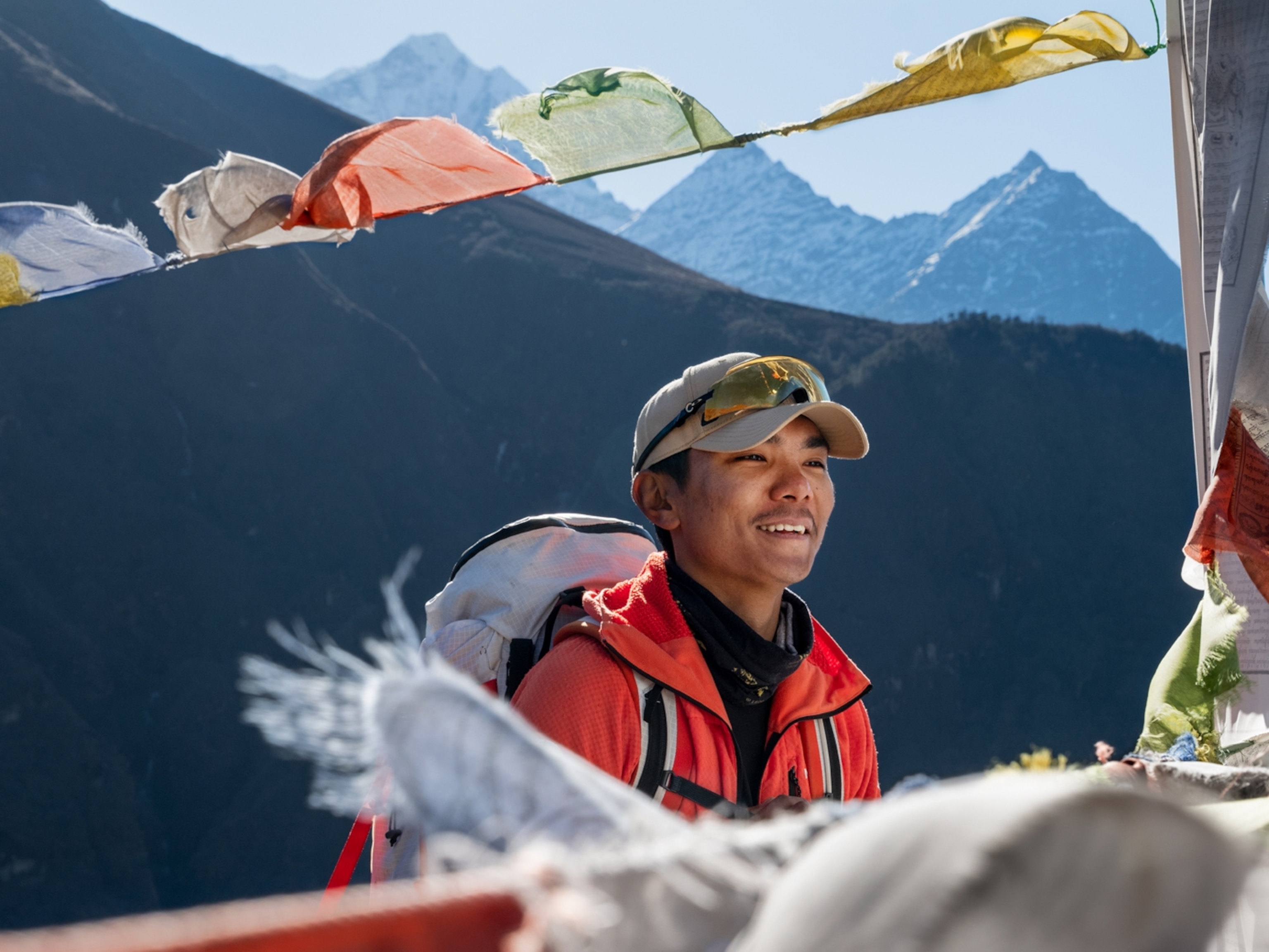
How to Take Care of Your Feet
Use these tried-and-true tips from a professional adventure athlete to keep your feet healthy.
Our mistake was textbook. A few miles before our first camp, Gerry mentioned to me that he might have some blisters coming on. We should have known to address them immediately, especially since we'd identified foot health as being vital to this project, but we decided instead to deal with them later. Indeed, that's exactly what happened.
When I saw Gerry's feet in camp, I instantly regretted our decision and felt I'd let him down. He was an experienced endurance athlete but was relying on my backpacking know-how to complete an ambitious seven-day thru-hike of the 224-mile John Muir Trail. With Gerry now having nickel-size blisters on the ball of each foot that I rightly feared would become the size of quarters and eventually half-dollars, with pain to match, our goal suddenly seemed less viable.
In trying to manage the blisters, we tried every trick in the book. At least once per day, we applied fresh dressings of Leukotape and moleskin donuts, and sometimes duct tape and Bonnie's Balm Healing Salve. Gerry aired out his feet at every rest stop and kept them warm and dry each night. I once carried him across a river so he could keep his shoes dry. We tried multiple pairs of socks and cut holes in his insoles to relieve pressure.

Alas, the genie was out of the bottle, and recovery would not begin until we reached Mount Whitney or quit. Gerry, being exceptionally tough, refused to stop short of the lower 48's high point, reaching it on schedule, remarkably.
To avoid Gerry's experience, you need to be diligent in your foot care. If you do, you're more likely to have happy feet, which makes for a happy hiker.
These four basic tactics have served me well over the years:
Preemptive Treatment
Spending five to ten minutes now can save hours of lost time (or miles of painful hiking) later on. Before I even leave the trailhead or camp, I protect areas where I get frequent blisters with Leukotape. If I notice an emerging "hot spot" after I begin hiking, I protect this irritated skin immediately before it becomes a blister. I keep my toenails short to prevent blisters from forming underneath them, and I keep them devoid of sharp edges that will cut adjacent toes and/or snag my socks.
Clean, Dry, and Warm Socks
I wash my socks daily inside and out without soap to prevent grit and organic matter from abrading my skin. At least once a day, I take off my shoes and socks to let my feet dry and air out. And at night, I put on a clean, dry, and warm pair of socks, which helps my feet recover overnight so they can withstand another day of abuse.
Got a blister? Lance it and drain the fluid. Identify the cause: heat, friction, or moisture. Address these factors.
Moisture Management
When my feet are kept wet, the outer layer of skin absorbs water and becomes pruned, or macerated. Macerated feet are itchy, sore, and blister prone, and they can crack after drying out.
However, I know of no technique to keep my feet dry in prolonged wet conditions. I've experimented with every conceivable solutions, including waterproof shoes, waterproof socks, and even rubber boots, and they all fail. Instead, I hope to simply minimize the effects of wet feet.
- National Geographic Expeditions
At night, after my feet have dried out, I coat the bottoms with Bonnie's Balm. This moisturizes my skin and serves like a water sealant, which will help to reduce maceration the next day. It works best when it has had several hours to absorb into the skin—it will not help much if it's applied immediately before your feet get wet.

I also wear thin socks and non-waterproof shoes made of low-absorption materials, which do not retain as much water as thick socks, conventional boots, and "waterproof" footwear. They also dry much faster.
Miles-Proven Footwear
Before I trust new shoes and socks on a long trip, I test them during low-risk outings. Generally, I like a small-volume shoe with a secure heel lock, roomy toe box, and generous cushion and forefoot protection—but without any "corrective" supports like medial posts. Poor biomechanics or a weak muscular system may be partially remedied by orthotics or arch supports. And blisters between toes can be solved with Injinji toe socks.















